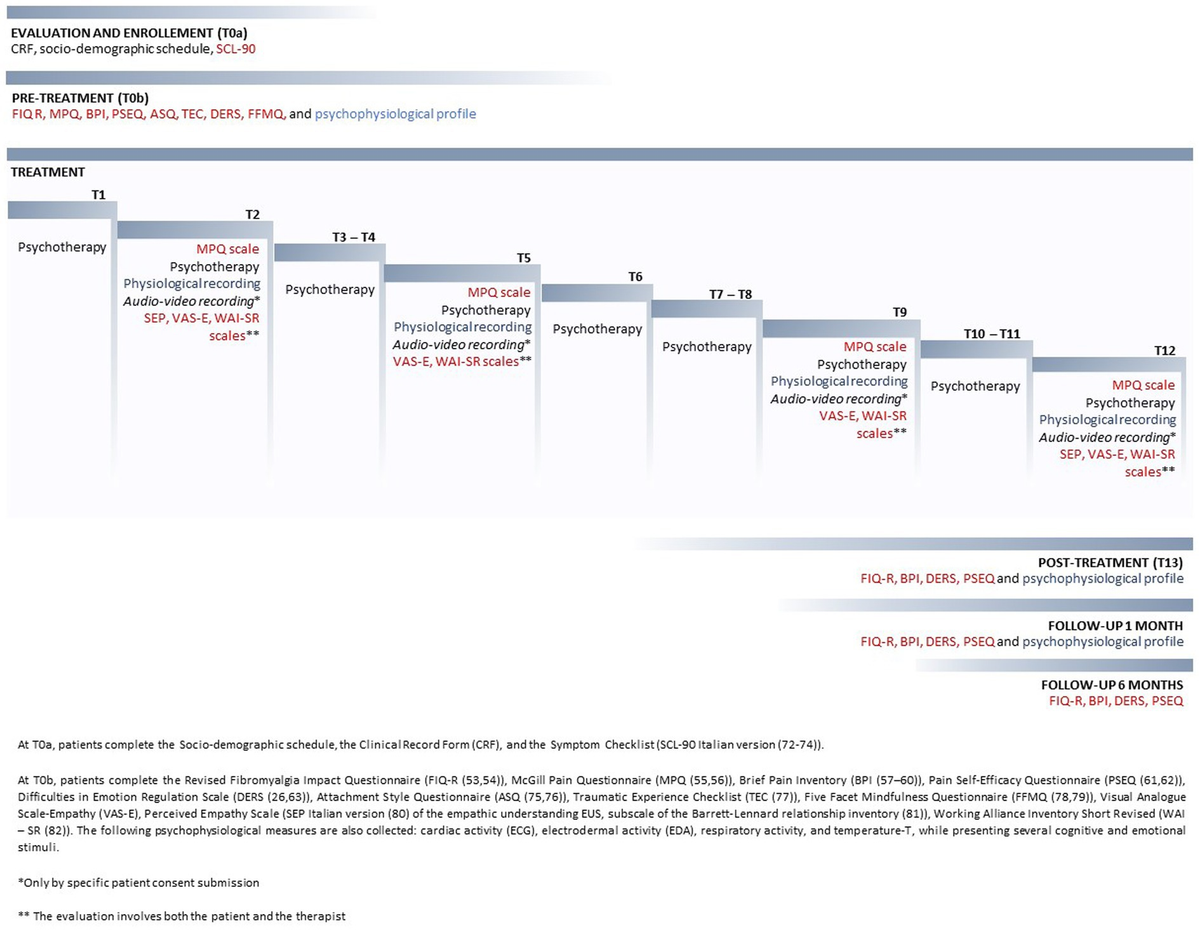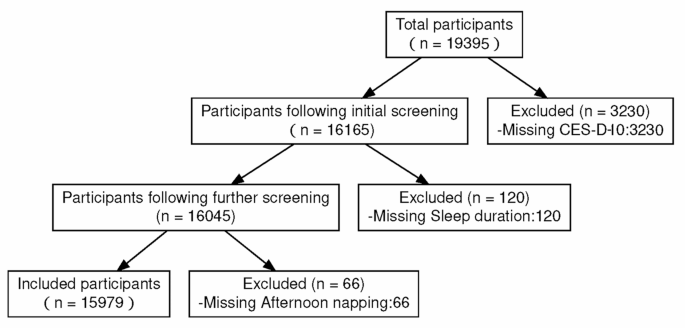When sciatica pain strikes, it can be downright debilitating. From numbness to tingling to jolts of discomfort that radiate through your lower back, buttocks and legs, sciatica has a way of leaving you sidelined from day-to-day activities. While the condition typically heals on its own with time, incorporating stretches for sciatica into your daily routine is a smart way to speed relief.
What causes sciatica?
Sciatica is “caused by a compression of a nerve root or a nerve,” explains Shannon Leggett, PT, owner and founder of Shannon Leggett Physical Therapy, PLLC. “Nerve roots come off the spinal cord, and they can get compressed by a disc or bony changes in the spine. The nerve root that gets pinched will determine where your sciatica symptoms are and which muscles might get weak.”
You’ll typically feel pain, numbness or a tingling sensation in one or both of your legs and your lower back area. Sciatica can also be associated with disc herniation and other spinal conditions.
How stretches for sciatica can help
“The benefits of stretching for sciatica include creating more blood flow, space and mobility of neural structures, and decreasing irritation in the spine,” says Devin Trachman PT, DPT, MTC, OCS, clinic director for PTCentral. She suggests repeating these movements until you no longer feel numbness or pain in your leg.
Proper stretching can also improve the sensation and function of the legs. That said, if standard stretching isn’t helping your sciatica, it’s best to visit your doctor.
The best stretches for sciatica
Trachman says you want to focus on the flexibility of four key areas during your stretches for sciatica: the hamstrings, piriformis, hip flexors and calves. “Over time, these movements will increase the space for the nerve, allowing the return of normal movement without causing symptoms in the legs,” she says.
You can practice these stretches daily until your sciatica pain is minimal or non-existent.
1. The piriformis stretch for sciatica
“The piriformis is the muscle that can affect the sciatic nerve when tight,” says Craig Zettergren, PT, MSPT, Dip. MDT, regional vice president of FYZICAL Therapy & Balance Centers. This is generally done sitting down and “should be felt in the posterior/lateral hip, generally where patients describe the origin of their sciatic nerve pain,” adds Zettergren.
-
Sit on a chair with an upright posture
-
Place the heel of the affected leg on the opposite knee and lean forward
-
Hold the position for 15 seconds; repeat two to three times
2. Kneeling hip flexor stretch for sciatica
Legget notes that part of the hip flexor complex attaches to the lumbar spine, and “tightness here can create some compression of the lower back and cause sciatica-type symptoms.” Doing this stretch can help if you sit a lot during the day.
-
Kneel on both knees
-
Step one foot forward so you are in a “proposal” stance
-
Keeping your spine tall, send your pelvis forward (as if someone is pulling you forward from your belly button)
-
When you feel a stretch in the front of the hip where your knee is on the ground, stay there and hold for 30 seconds
-
Repeat three times, then repeat three times on the opposite side
3. Sciatic nerve flossing for sciatica
“This is performed to decrease compression of the sheath surrounding the sciatic nerve, often associated with disrupting normal sciatic nerve function when affected,” says Zettergren.
-
Sit on the edge of your bed, slouch your back slightly (you may need to lie down) and look down
-
Straighten the knee of the affected leg
-
Point the toes up while simultaneously lifting the head
-
Aim the toes down and bring the head down
-
Do this 10 times; repeat for two or three sets
4. Child’s pose stretch for sciatica
“This is great because it stretches hips, quads, low back and lats — all muscles that can directly impact sciatica,” says Leggett.
-
Kneel on the floor with your big toes touching and knees spread apart, then sit back on your heels
-
Extend your arms forward and lower your torso between your thighs, resting your forehead on the floor
-
Relax in this position, feeling a stretch in your back, hips and shoulders
-
Hold for 20-30 seconds or as long as comfortable.
5. Cobra stretch for sciatica
Trachman says this stretch can “relieve pressure on the sciatic nerve by creating an extension of the spine, stretching the low back muscles, and strengthening the back and core muscles.”
-
Lie face down on the floor (you can use a yoga mat for more support) with your legs extended and the tops of your feet flat on the ground. Place your hands under your shoulders
-
Press through your hands to lift your chest off the ground, keeping your elbows slightly bent and close to your body
-
Lift your chest as high as is comfortable, feeling a stretch in your abdomen and lower back
-
Hold for 15-30 seconds before lowering back down
6. Prone press-up for sciatica
“These stretches can provide better support and stability for the spine, which can reduce the likelihood of sciatic impingement,” says Trachman.
-
Lay on your stomach, place your hands under your shoulders and slowly straighten your elbow as you lift your torso up
-
Keep your lower body relaxed while raising your back upwards as far as pain and stiffness will allow
-
Perform 10 times, holding for two to three seconds at the end of each movement
For more ways to soothe back pain:
The 5 Best Chair Exercises for Back Pain That Are Easy to Do Right at Home
Lower Back Pain Self-Care Remedies That Top Docs Use Themselves To Get Relief Fast
4 Ways to Speed-Heal a Pulled Muscle in Your Back + Why Leg Stretches Can Help
This content is not a substitute for professional medical advice or diagnosis. Always consult your physician before pursuing any treatment plan.












